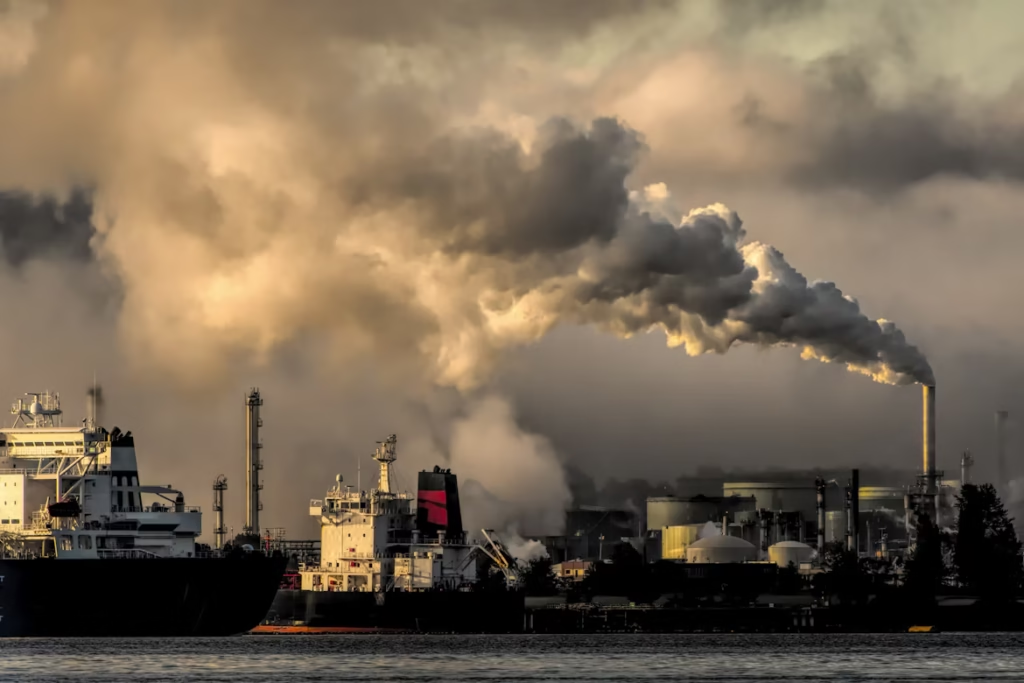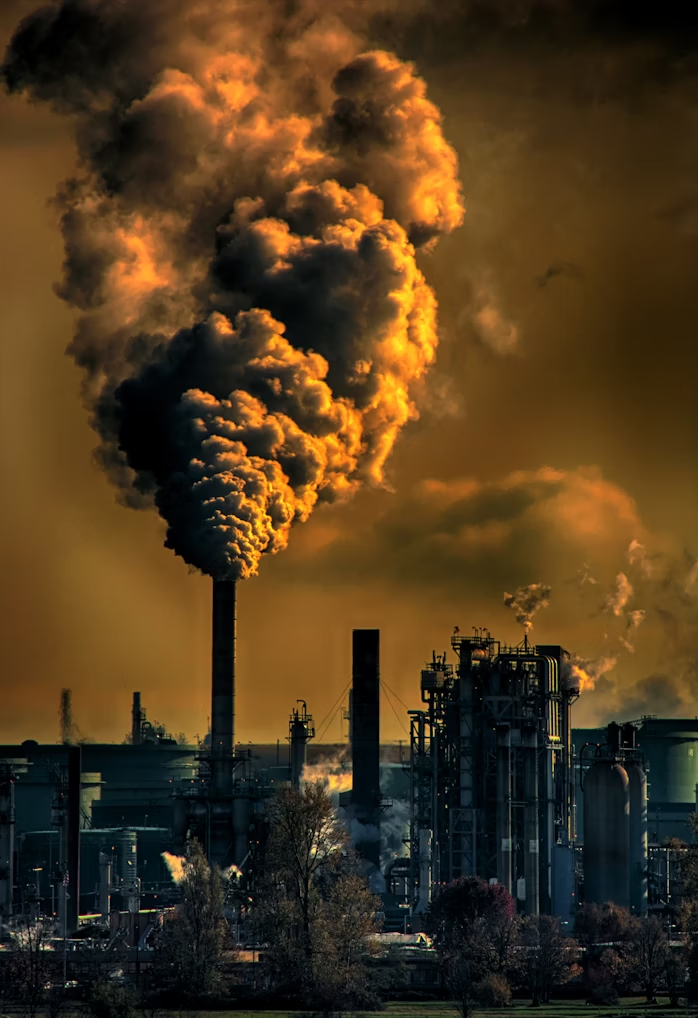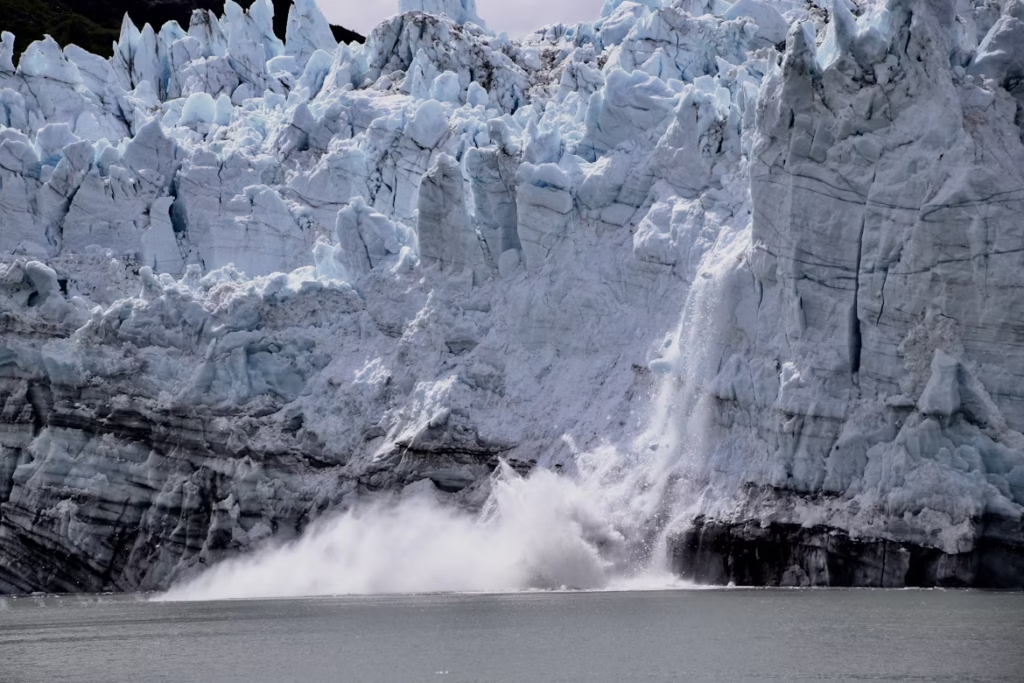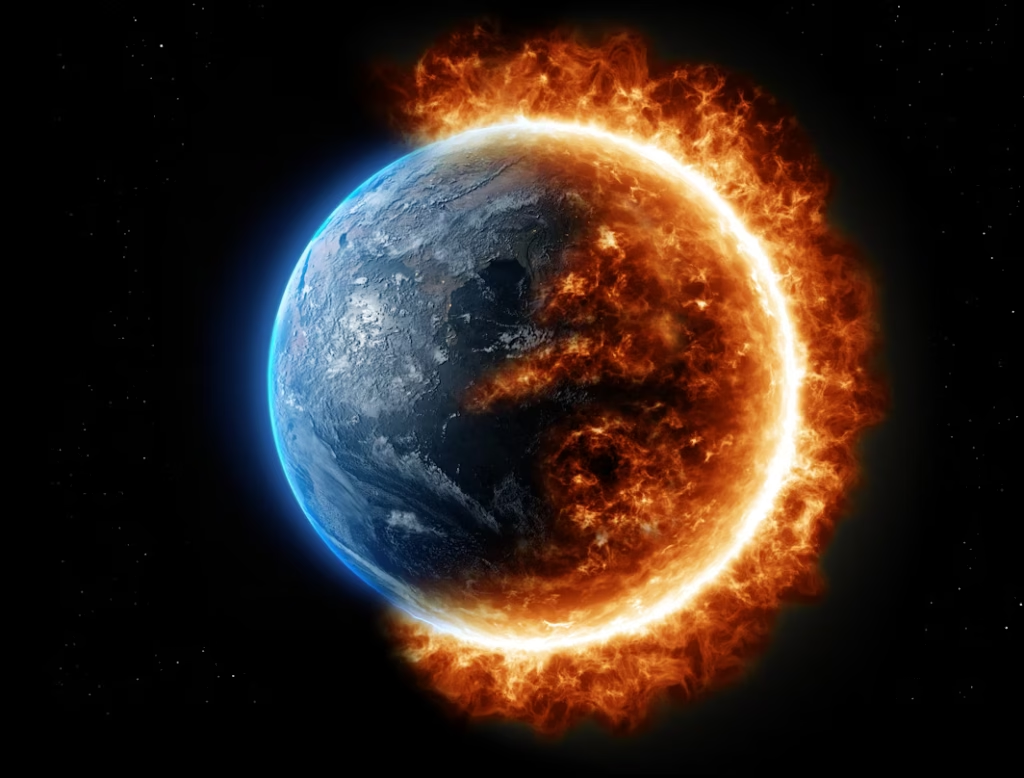Climate science has made major strides in recent years. Satellite observations, climate reanalyses, Earth system models, and global datasets are painting a clearer, and increasingly alarming, picture of how hot our planet is becoming — and where it might head if we don’t change course.
1. Current State of Warming
To set the stage:
Earth’s average surface temperature in 2024 was about 1.47 °C warmer than the late 19th-century (1850–1900) baseline.
The decade 2015–2024 is the warmest on record globally.
Europe is warming faster than the global average: recent data show land regions in Europe averaged 2.19–2.26 °C above pre-industrial levels over the last decade.
Global averages over 12 months (e.g., through April 2025) exceeded 1.5 °C above pre-industrial in many analyses.
These numbers show we’re already seeing strong effects of climate change: record heat waves, melting ice, rising seas, more extreme weather.
2. What Recent Research & Models Project for 2050
Scientists use several scenarios (Shared Socioeconomic Pathways — SSPs) which assume different levels of greenhouse gas emissions, mitigation, societal change, etc. Data from recent climate models provide estimates under these scenarios.
Here are some of the projections for about mid-century (≈2050) if current trends continue or modest mitigation is implemented:
| Scenario / Context | Estimated Global Temperature Rise above Pre-industrial by 2050 | Other Key Projections |
|---|---|---|
| Unrestricted / high emissions scenario | ~2.0–2.5 °C above pre-industrial by 2050. Some studies put it closer to 1.9–2.0 °C. | Sea-level rise of several tens of cm above 2021 levels; more frequent, stronger heatwaves; increased risk of crossing tipping points in polar ice, coral reefs, etc. |
| Moderate emissions / mitigation | Closer to 1.6–2.1 °C by 2050. Some projections in these pathways are less severe if strong mitigation is started now. | Sea-level rise still significant, but somewhat reduced; extreme weather events more frequent though possibly less intense; more opportunity to adapt if planning starts now. |
| Aggressive mitigation / low emissions pathway | Some models suggest we might limit warming to ~1.5–1.8 °C by 2050 if very strong, coordinated action is taken. | Risk of worst-case outcomes lower, but huge efforts required in emissions cuts, energy transition, land use, etc. |
Thus by 2050, unless very strong mitigation occurs, we’re likely looking at average warming in the range of ~1.8 to 2.5 °C above pre-industrial levels in many plausible scenarios.
3. What Research Projects for 2100
Looking further ahead, the differences between scenarios become much more pronounced. Here’s what recent studies suggest might happen by around 2100:
| Scenario | Projected Warming by 2100 Above Pre-industrial | Additional Consequences |
|---|---|---|
| High emissions / no mitigation | Many models project increases of ≈3.5–5.7 °C or more by 2100. | Massive sea-level rise (multiple meters in some models); collapse risk for parts of Greenland and Antarctic ice sheets; extreme heat making some areas near uninhabitable; severe water stress; food systems in trouble; large-scale displacement of people; strain on infrastructure, health, ecosystems. |
| Moderate emission scenarios | Warming around 2.5–3.5 °C or more, depending on mitigation and feedbacks. | Significant impacts: many extreme weather events, more frequent heatwaves and drought; coral reef collapse; ocean acidification; loss of ice cover; sea level rise affecting coastal cities; stress on agriculture and freshwater; possible tipping points in climate system. |
| Low emissions / optimistic mitigation | Some models put warming in ~1.0–2.0 °C range by 2100 in best case. Keeping warming under or near 1.5 °C remains challenging. | Many of the worst consequences could be avoided or delayed; adaptation and resilience would be easier; some degree of irreversible change (sea level rise, biodiversity loss) will occur. |
4. Recent Findings That Deepen the Concern
Some recent research adds nuance — and worrying signs — beyond just averages.
- Planetary albedo decline, especially low cloud cover changes, has lowered Earth’s albedo, which amplifies warming.
- Greenhouse gas accumulation continues to rise, with methane and CO₂ concentrations high.
- Sea level rise is already above many projections. Oceans are warming, causing expansion, and melting ice adds water.
- Extreme weather is increasing in frequency and severity: heatwaves, heavy precipitation, droughts, and storms are all showing trends consistent with warming.
5. Consequences We Can Expect (2050 & 2100)
A. Sea Level Rise & Coastal Impacts
- Coastal flooding becomes more common, even where storms were previously rare.
- By 2100, under high emissions, sea level rise could amount to 0.5–1 meter or more globally.
- Loss of land, displacement of populations in low-lying regions, and heavy economic costs for coastal infrastructure.
B. Heat, Health, and Human Systems
- More frequent heatwaves, possibly exceeding thresholds for human survival without adaptation.
- Greater incidence of heat-related illness, vector-borne diseases, and mental health stress.
- Crop yields will suffer, shifts in agricultural zones; more demand for irrigation and water scarcity.
C. Ecosystems & Biodiversity
- Coral reefs may largely collapse unless emissions are cut and marine protection improved.
- Arctic ice loss and permafrost melting could release methane, further amplifying warming.
- Many species may be unable to adapt or migrate fast enough, risking mass extinctions.
D. Extreme Weather & Climate Instability
- Stronger storms, heavier rainfall, longer droughts, and more forest fires.
- Potential tipping points or abrupt changes in ocean circulation and ice sheet stability.
E. Socioeconomic, Political, and Migration Effects
- Millions displaced due to sea level rise, droughts, and food/water scarcity.
- Strain on public health systems, infrastructure, power grids, and emergency services.
- Increased conflicts over resources and migration pressures.
- Large economic costs, including repairs, lost opportunities, and adaptation investments.
6. Why the Uncertainty – But Why Action Is Still Vital
Models have uncertainties:
- How fast society reduces greenhouse gas emissions.
- How climate feedbacks will behave.
- Regional differences in climate impacts.
- Non-linear effects or tipping points.
Despite uncertainty, many recent data points show impacts are worse than some earlier projections. Delaying action increases risks that are hard to reverse. Every fraction of a degree of warming avoided reduces risks substantially.
7. What Needs to Happen to Alter the Trajectory
- Rapid and deep cuts in CO₂, methane, and other greenhouse gas emissions.
- Large-scale removal or sequestration of carbon.
- Adaptation planning for infrastructure, urban development, water management, and agriculture.
- Protecting and restoring ecosystems such as wetlands, forests, and coral reefs.
- International cooperation, because climate change affects everyone.
8. Projections Summarized: 2050 vs 2100
| Year | Low / Optimistic Path | Medium / Moderate Path | High / Business-as-Usual Path |
|---|---|---|---|
| 2050 | ~1.5–1.8 °C | ~1.9–2.5 °C | ~2.3–2.8 °C or more |
| 2100 | ~1.5–2.0 °C | ~2.5–3.5 °C | ~3.5–5.5 °C+ |
Unless strong mitigation steps are taken, we may be headed toward high-end warming outcomes.
9. Concluding Thoughts
Global warming is no longer a distant-future risk — it’s here, and accelerating.
- We may permanently exceed 1.5 °C of warming soon if not already.
- Sea level rise and extreme weather are already more severe than expected.
- Feedbacks like changes in cloud cover, albedo, and permafrost loss may accelerate warming.
If we do not sharply reduce emissions and invest in adaptation, the world of 2100 will be harsher: intense heat, rising seas, stressed ecosystems, and strained human systems. But it is not inevitable — pathways exist to limit warming, reduce consequences, and adapt effectively.






